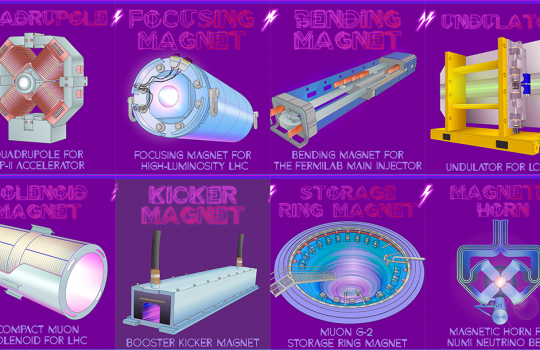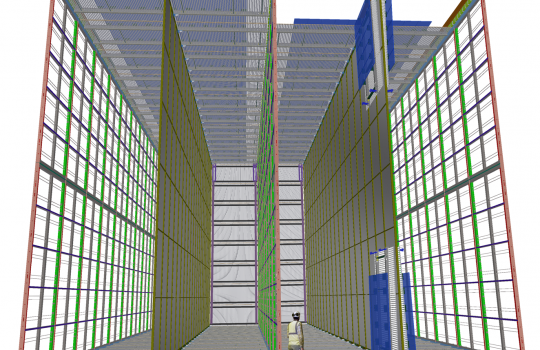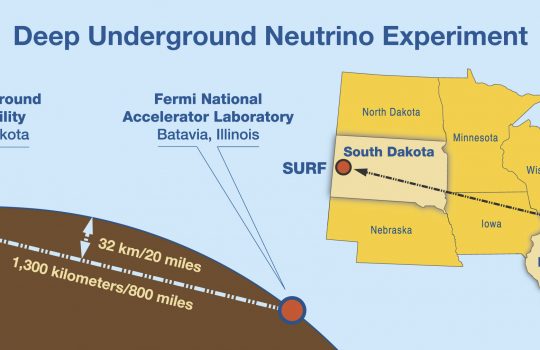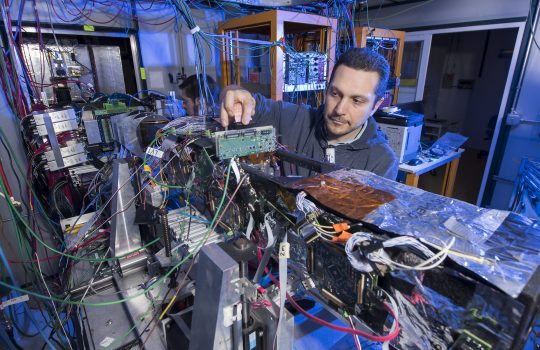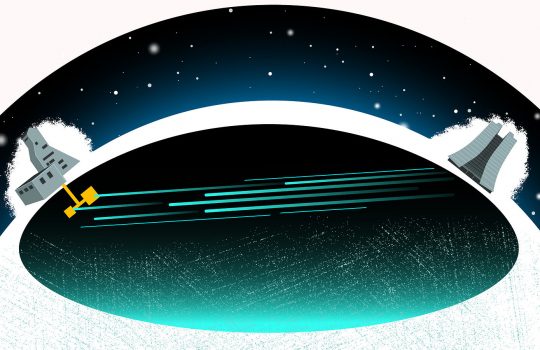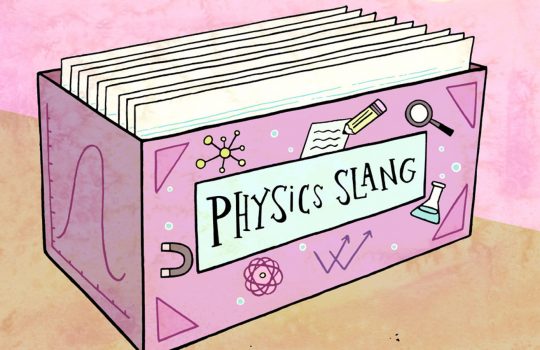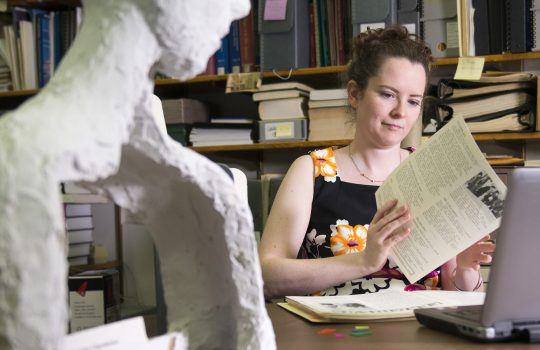Fermilab presents: March Magnets
Missing March Madness? Let Fermilab fill a small part of the void created in these times of social distancing and shelter-in-place. Participate in Fermilab’s sendup of the NCAA tournament: March Magnets. Learn about eight different types of magnets used in particle physics, each with an example from a project or experiment in which Fermilab is a player. Then head over to the Fermilab Twitter feed on March 30 to participate in our March Magnets playoffs.

